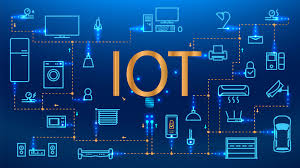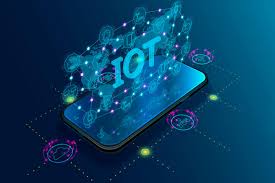Radio frequency identification (RFID) and wireless sensors networks (WSNs) are two fundamental pillars that enable the Internet of Things (IoT). RFID systems are able to identify and track devices, whilst WSNs cooperate to gather and provide information from interconnected sensors


RFID and wireless sensor networks (WSN) are both important technologies in the IoT domain. RFID can only be used for object identification, but WSNs serve a far greater purpose. The two are very different but merging them has many advantages. The following components can be added to RFID to enhance its usability:(a)Sensing capabilities(b)Multihop communication(c)Intelligence
RFID is inexpensive and uses very little power. That is why its integration with WSN is very useful. The integration is possible in the following ways [69, 70]:(a)Integration of RFID tags with sensors: RFID tags with sensing capabilities are called sensor tags. These sensor tags sense data from the environment and then the RFID watcher can watch this sensed data from the tag. In such cases, simple RFID protocols are used, where there is only single hop communication. RFID sensing technologies can be further classified on the basis of the power requirement of sensor tags as explained earlier in the section on RFIDs (active and passive) (see Section 5.5).(b)Integration of RFID tags with WSN nodes: the communication capabilities of sensor tags are limited to a single hop. To extend its capabilities, the sensor tag is equipped with a wireless transceiver, little bit of Flash memory, and computational capabilities such that it can initiate communication with other nodes and wireless devices. The nodes can in this fashion be used to form a wireless mesh network. In such networks, sensor tags can communicate with each other over a large range (via intermediate hops). With additional processing capabilities at a node, we can reduce the net amount of data communicated and thus increase the power efficiency of the WSN.(c)Integration of RFID watchers with WSN nodes: this type of integration is also done to increase the range of RFID tag watchers. The watchers are equipped with wireless transceivers and microcontrollers so that they can communicate with each other and therefore, the tag data can reach a watcher, which is not in the range of that tag. It takes advantage of multihop communication of wireless sensor network devices. The data from all the RFID watchers in the network ultimately reaches a central gateway or base station that processes the data or sends it to a remote server.
These kinds of integrated solutions have many applications in a diverse set of domains such as security, healthcare, and manufacturing.
 Best resource for Online free Education
Best resource for Online free Education
